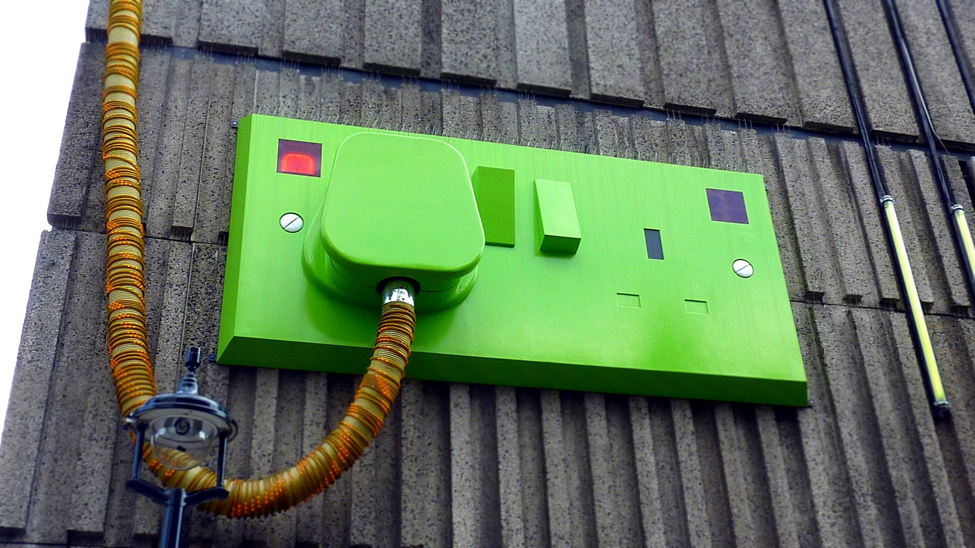Environmental resources are the primary sources for the existence of humans. These resources are either renewable or non-renewable. Air, water, food, land, forests, and wildlife are renewable resources because they never depleted. They are recycled in nature. Renewable energy is a kind of power that is collected from renewable resources, which you can use again and again. There is a natural cycle to make them reusable.
The energy shortage that we all have felt in the last decades has been a result of rapidly decreasing supplies of fossil fuels i.e. coal, oil, natural gas. But, according to Usave.co.uk, people need to know that we don’t have to rely on large energy companies as there are a lot of green energy suppliers out there that can cater to our needs. You may be surprised that after a little digging, a green energy supplier may have been already operating in your area.
Like other environmental resources, energy resources can also be classified as inexhaustible and exhaustible. Inexhaustible resources include solar energy, falling water (hydropower), wind, ocean thermal gradients, waves, tides, currents, geothermal energy, and biomass. On the other hand, fossil fuels like coal, oil and natural gas are exhaustible sources of energy.
These are forms of renewable energy:
Hydroelectric power
Rain is a renewable energy source that gets its energy indirectly from the sun. The rain that falls on high areas, such a mountain, possesses a large amount of gravitational potential energy. Rainwater falls, it gains speed and its kinetic energy increases. The kinetic energy of falling water is harnessed to turn turbines fixed at the base of dams. The turning turbines would then drive generators to produce hydroelectric power. It is the cheapest and non-pollutant source of energy. Which man must exploit more for its benefits and for keeping the environment safe.
Geothermal power
Volcanoes, hot springs, and geysers allow the escape of hot substances from inside of the earth. The natural heat energy trapped underground is called geothermal power. It can last for a long time. The areas should be far away from their consumers. Hot water or steam carrying geothermal energy comes up to surface in some parts of the world such as New Zealand and Iceland.
Tidal power
Tides are mainly caused by the gravitational pull of the moon and to a lesser extent by the gravitational pull of the sun on the water in the seas and ocean the changing tides drive water towards or away from the land. The difference in height of the water at high and low tides is made use of in a tidal power station to generate electricity. A tidal power station consists of a long barrier called tidal barrage. The flow of water across the barrage turns its turbines, which in turn drive the generators to produce electricity.
Wind power
The wind is moving air. It is caused by the sun heating different parts of each surface unevenly. As warm air rises, cooler air flows as wind to take its place. Different temperatures in different places have created various high and low-pressure regions. The wind blows from high-pressure areas to low. Windmill or wind turbines harness wind energy to drive generators that produce electricity. Wind does not cause air pollution. When the wind stops blowing the windmill stops.
Nuclear energy
Nuclear energy is obtained from nuclear fuels by nuclear fission. In a nuclear power station, large amounts of heat are generated by nuclear fission, which takes place in a nuclear reactor. The heat energy is then used to convert water into steam, which drives steam turbines for generating electricity.

Ocean thermal gradient
In the oceans, especially in tropical regions, the temperature of surface water is about 25 degrees Celsius and that at the depth of a few hundred meters only 5 degrees Celsius. This develops an ocean thermal gradient and heat is conducted from regions of higher to a lower temperature. Man has developed the technology to use this thermal gradient to drive a turbine for electricity generation, but this may also disturb the marine ecosystem.
Biomass
Biomass is material that is used to produce energy. This energy can be produced from living or non-living organisms. Living organisms include animals e.g. animal farming and plants, crops that are purposely grown for energy production. While non-living material includes animal waste, human waste, plant residues (forest/wood and agricultural crops) industrial residue, sewage, municipal solid waste. The energy from these organisms can be burned to create heat or converted into electricity.
The energy sources on earth are limited. Hence, there is a need for us to have balanced and planned use of energy resources. Here are some ways in which we can save energy by reducing wastage through recycling, drive less and use public transport, minimize the use of AC, switch off appliances that are not in use, etc. Saving energy boosts the quality of living and provides a healthy environment for our generation to survive in.

